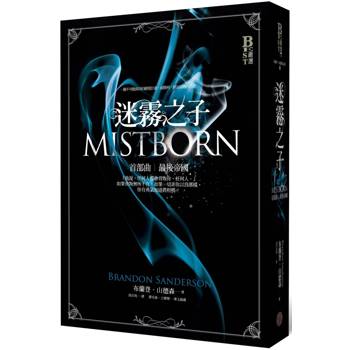| FindBook |
|
有 2 項符合
Impressive Imprint的圖書 |
 |
$ 2694 | Impressive Shakespeare: Identity, Authority and the Imprint in Shakespearean Drama
作者:Newman 出版社:Routledge 出版日期:2020-12-18 語言:英文 規格:平裝 / 200頁 / 普通級/ 初版  看圖書介紹 看圖書介紹
|
 |
$ 8800 | Impressive Shakespeare: Identity, Authority and the Imprint in Shakespearean Drama
作者:Newman 出版社:Taylor & Francis 出版日期:2019-02-05 語言:英文 規格:精裝 / 15.9 x 23.5 x 1.9 cm / 普通級  看圖書介紹 看圖書介紹
|
|
|
|











